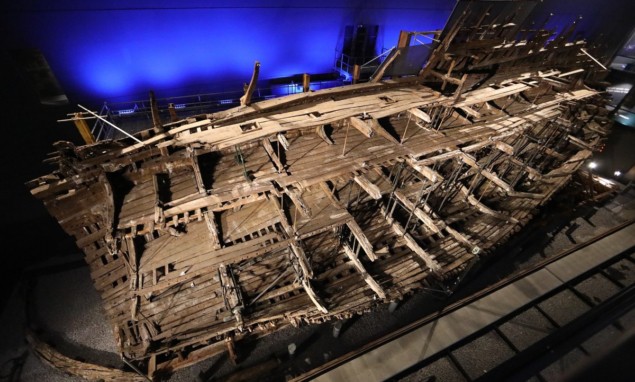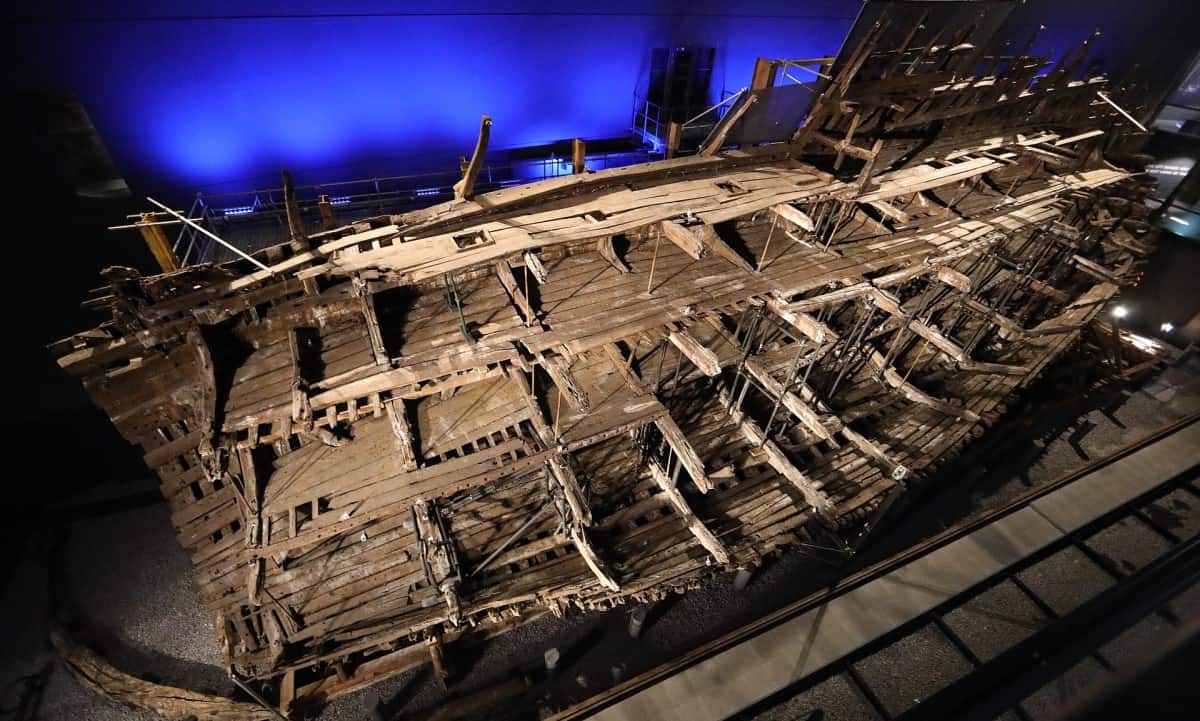
Hailed as the favourite warship of England’s King Henry VIII, the Mary Rose sank during the Battle of the Solent in 1545. The wreck was rediscovered in 1971 and was raised 11 years later. The wood was impregnated with a polymer to preserve it and then it was dried so that it could be displayed to the public.
Unfortunately, conservators have found that exposure to oxygen has created acidic chemical species in the oak hull, which could further degrade the Mary Rose. Now researchers have performed X-ray computed tomography on samples of wood from the hull at the European Synchrotron Radiation Facility in Grenoble, France. They found evidence for acidic nanoparticles based on iron and sulphur in the wood – and say the iron comes from metal fixtures in the hull and the sulphur comes from the action of bacteria.
“What our results have done is alert conservators to these previously unknown deposits and expand the study of degradation-inducing materials,” says team member and materials scientist Serena Cussen of the University of Sheffield. “Knowing the structure of these potentially harmful species also allows us to design targeted treatments for their future removal.”
The research is described in Matter.
How will climate change affect your part of the world in your lifetime? Researchers at the Free University of Brussels have created a new app that invites you to enter your age, the region where you live and a global warming scenario. It then estimates the increased likelihood of events such as wildfires, river floods and droughts for your region. It also can do a calculation for the entire planet.
The app was developed by Wim Thiery and colleagues, and it is called My Climate Future. Thiery says that the calculations are done “based on the best available scientific data and analysis”. He adds that the aim of the project was to “create a simple way of showing people, young and old, how climate change might affect them personally”.
